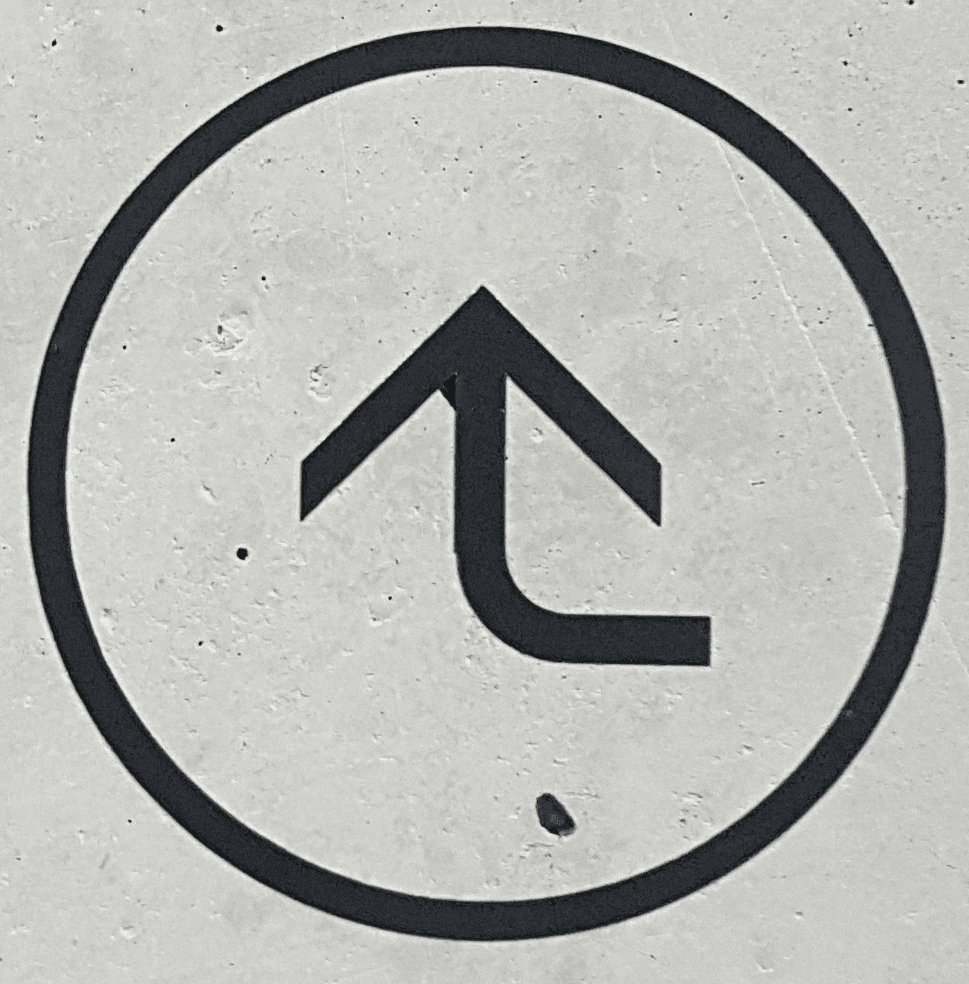Generally speaking, life contains a lot of noise.1 Academic life is no exception.
All this noise can make it hard to know where to focus. Any number of other options constantly present themselves. So, even if you do identify where you need to focus, it can be still harder to put and keep your attention there.
Focusing Is Like Balancing
To some extent, there’s no avoiding this challenge. Like balancing, focusing isn’t a one-and-done effort. Having focus in your work means focusing “the way our eyes focus; not by fixating on something but by constantly adjusting and adapting to the field of vision.”2
For the most part, visual focusing happens naturally and without your needing to think about it. In academic life, however, there’s no similar autofocus process. So, the question becomes,
How do you put your focus where you need it? And how do you do so among the ambiguities and often-conflicting demands of academic life?
Answering this question can be challenging even in theory, let alone in practice. But there’s a clear, 4-step process to help you grapple with it.
Four Steps to More Focus
The 4 steps to help you put your focus more where you need it emerge from the four quadrants of the “Eisenhower Matrix.”3
The table below describes these quadrants and the characteristics of things that fall into them. It also identifies an appropriate response to items in each quadrant if you want to improve your focus.
UrgentNot UrgentImportantQuadrant 1
Characteristics: Urgent, Important
Response: AbbreviateQuadrant 2
Characteristics: Not Urgent, Important
Response: ConcentrateNot ImportantQuadrant 3
Characteristics: Urgent, Not Important
Response: SeparateQuadrant 4
Characteristics: Not Urgent, Not Important
Response: Eliminate
Over time, responding as indicated to tasks or commitments of each type will help you further focus what’s all on your plate.
Where to Start

Progress in any quadrant will be helpful, but you might get the best overall results if you begin with the response to Quadrant 4.4 You can then work clockwise through the responses for the remaining quadrants.5
It may seem counter-intuitive to begin improving your focus by starting with Quadrant 4. And you might not be able to begin here and work clockwise only.
For instance, if a Quadrant 1 commitment requires attention, you might need to tend to that obligation until you have it well enough in hand. Then, you can begin working through the quadrants clockwise again.
But the point of beginning in Quadrant 4 is that the very existence of Quadrant 4 items means that your focus is getting pulled away from higher-priority items. So, anything that falls into Quadrant 4 is draining focus away from obligations in other quadrants . So, by starting in Quadrant 4, you get the clearest gains as you eliminate the “focus leaches” that lie there.
The point of working clockwise through the different quadrants and their responses is similar. With each step, you reduce impact of either unimportance (Quadrant 3) or urgency (Quadrant 1).
As you do, it becomes easier to focus. Hurry pulls you less into what’s merely urgent. Like a snowball gets larger as it rolls downhill, you can focus more on each successive step in the process. And ultimately, you’ll find yourself focusing more fully on Quadrant 2—the important things that all too easily get swept aside by the urgent.
Conclusion
Focusing means adapting. Amid the swarming demands of academic life, it can feel disorienting as you look for where to even begin.
But over time, this 4-step process can help you consistently improve your focus. And as you do so, you’ll find yourself more able to look beyond inconsequential minutiae and give your attention to what actually matters.
-
Header image provided by Zachary Keimig. ↩︎
-
Greg McKeown, Essentialism: The Disciplined Pursuit of Less (affiliate disclosure; New York: Crown Business, 2014), 66. ↩︎
-
For this framework, see especially Stephen R. Covey, The 7 Habits of Highly Effective People: Powerful Lessons in Personal Change, 25th anniversary ed. (affiliate disclosure; New York: Simon & Schuster, 2013), 154–92; see also Michael S. Hyatt, Free to Focus: A Total Productivity System to Achieve More by Doing Less (affiliate disclosure; Grand Rapids: Baker, 2019), 91–158; McKeown, Essentialism, 215–24. ↩︎
-
Image provided by Marianne Bos. ↩︎
-
This way of using the Eisenhower Matrix then becomes essentially identical to the alternative “focus funnel” metaphor developed by Rory Vaden, Procrastinate on Purpose: 5 Permissions to Multiply Your Time (affiliate disclosure; New York: Perigee, 2015). ↩︎
